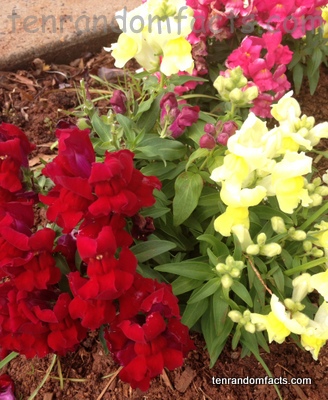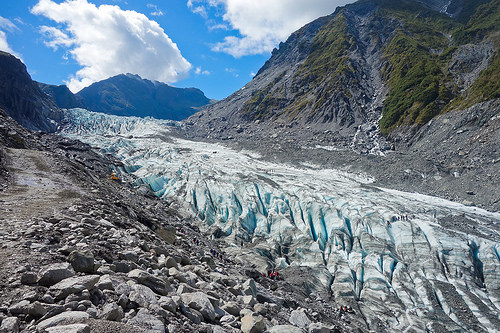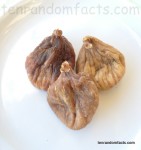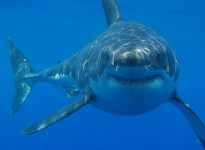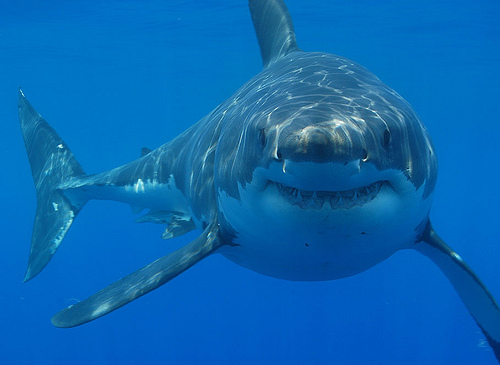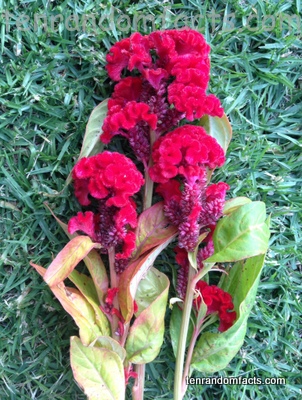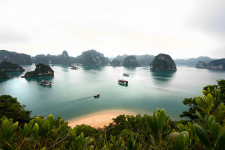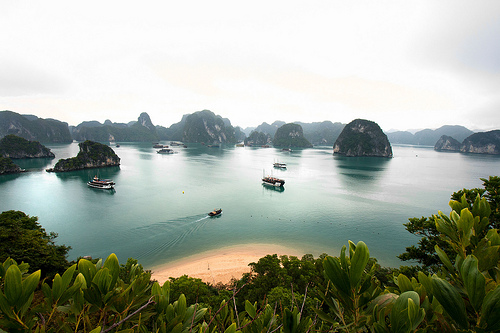
These snapdragon facts are snappy.
- Snapdragons are a genus of flowering plants native to United States, Europe and north Africa, found in rocky habitats.
- Snapdragons have the scientific name Antirrhinum, and the most well known species is Antirrhinum majus, which is commonly grown in gardens.
- ‘Snapdragons’ are also known as ‘dragon flowers’, and the Latin name ‘Antirrhinum’ means ‘counterfeiting nose’ or ‘like a snout’.
- There are approximately 40 different species of snapdragons, and they are from the family Plantaginaceae, the family of plantains.
- ‘Snapdragons’ are named after the flower, which looks similar to a dragon face, and when the flower is pressed gently on the sides, their ‘mouth’ can open and shut.
- There are both annual and perennial snapdragon plants, although some of the perennials are commonly grown as annual plants.
- Snapdragons typically grow best in full sun with damp soil, and can be grown in pots or in the garden for ornamental purposes.
- Snapdragons grow to be a height of 15 to 120 centimetres (6 to 48 inches), depending on whether they are dwarf, medium or tall varieties.
- Snapdragons generally bloom during summer and autumn, and removing the dead flowers will encourage more to grow.
- Snapdragons come in a range of flower colours, including green, red, orange, yellow, white and pink, among others.



